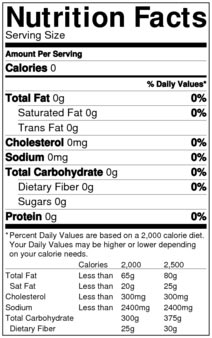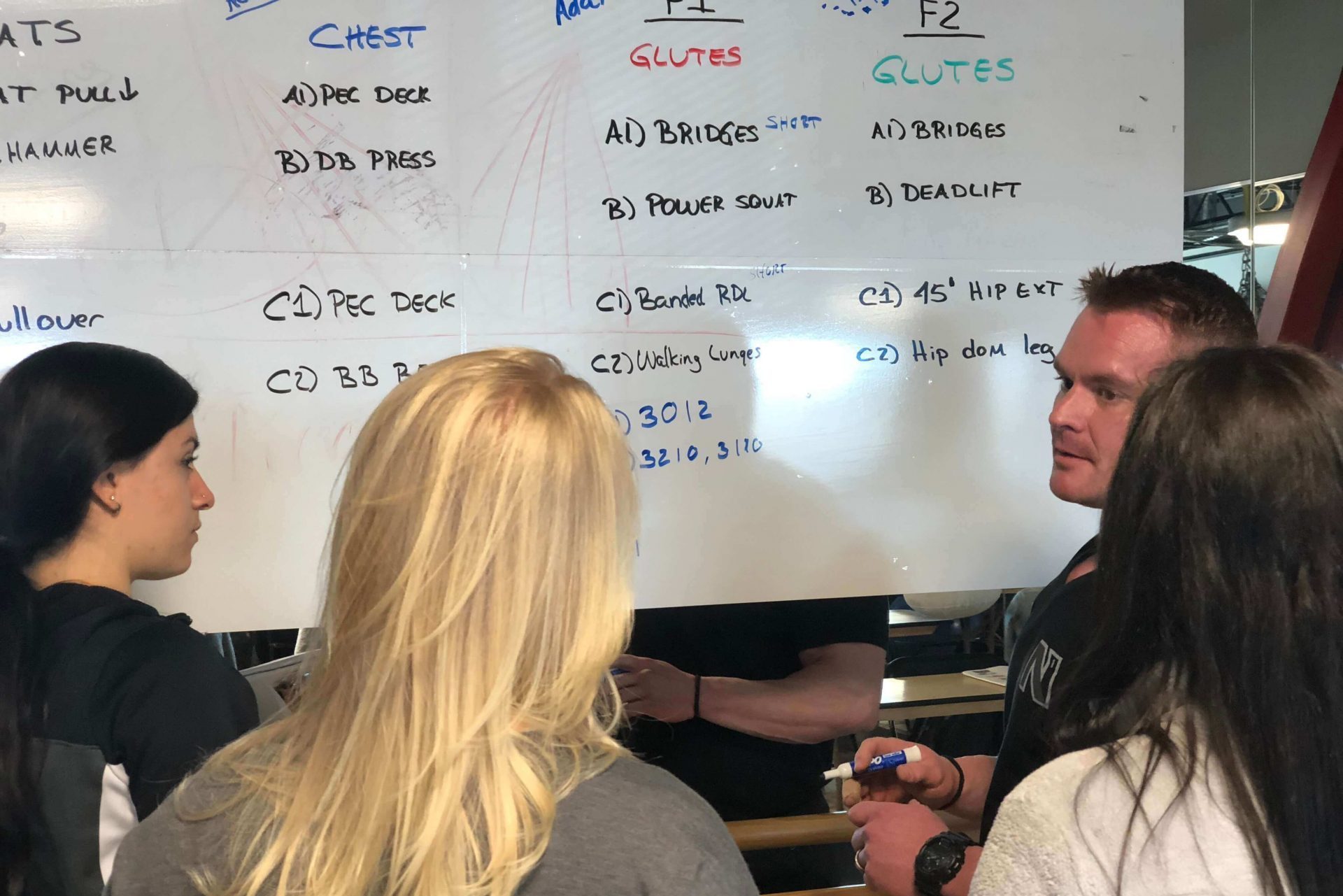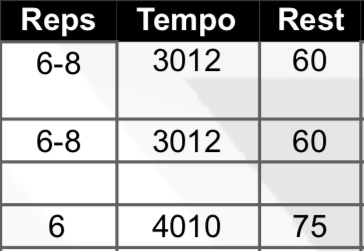All Sets are Not Created Equal
Volume is a very misunderstood metric in the fitness industry. It cannot be accurately calculated by just multiplying sets, reps, and weight or just counting sets per mucsle group. Volume cannot even always be compared across different programs and has to be assessed specific to the stimulus. Here is an introduction to better understanding volume.
Timestamps
0:45 When to consider sets as counting towards the volume of the workout for a neurological goal
2:30 Volume approximation for a metabolic stimulus
5:30 How to progress in volume without adding sets or reps
6:00 Volume considerations when adding intensifiers
6:50 Why you cannot compare volume between different stimuli
8:00 Volume per stimulus depends on the individual’s trainability
10:20 What to focus on and what to avoid in an oxidative stimulus program
More Videos
Cons of EAAs Intra-Workout
by N1 Education | Aug 09, 2019 |
Achieving the Stimulus is Most Important
by N1 Education | Aug 07, 2019 |
Program Design Case Study: Sarcoplasmic + Specialization
by Cody Moxley | May 25, 2020 |
Top 5 Changes to Nutrition Strategies in the Last 5 Years
by N1 Education | Aug 06, 2019 |
Progressive Overload Q&A
by Kassem Hanson | Jul 31, 2022 |
More Articles
Nutrition Label Deceptions
by Cody Moxley | May 15, 2018 |
Rep Ranges Matter in Your Program
by N1 Education | Dec 03, 2018 |
Coaching Client Procedures
by N1 Education | Jul 17, 2018 |
Your Program Needs Tempo
by N1 Education | Dec 03, 2018 |
Cinnamon: The Surprising Advantage Sitting on your Shelf
by Cody Moxley | May 04, 2018 |










